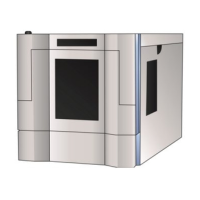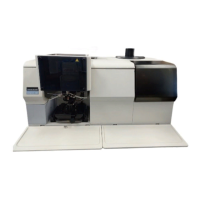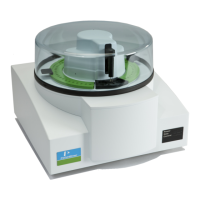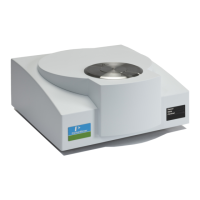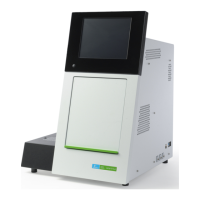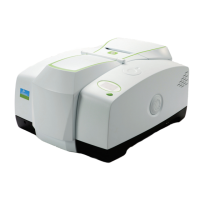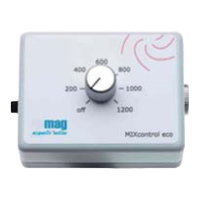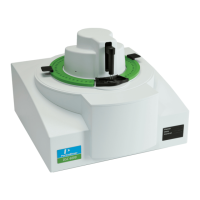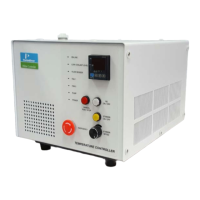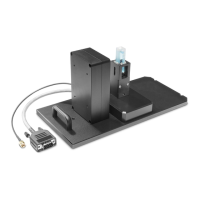CHAPTER 11
190 PerkinElmer Life and Analytical Sciences
Calibration
Calibration is a process by which the voltage applied to each of the two
Photomultiplier Tubes (PMTs) in a liquid scintillation counter is adjusted until the
tubes have been synchronized in their response to a standard. This process is
designed to assure that the instrument accurately quantifies the energy from all
beta-particle emissions.
Cassettes
Cassettes are the plastic racks which hold sample vials and allow them to be
moved on the sample changer deck.
Chemical Quenching
Chemical quenching is the reduction in the scintillation intensity seen by the
photomultiplier tubes of a liquid scintillation counter due to materials present in
the scintillation solution that interfere with the processes leading to the
production of light. The result is fewer photons per keV of beta particle energy
and usually a reduction in counting efficiency.
Chemiluminescence
Chemiluminescence involves random single photon events which are generated as
a result of the chemical interaction of sample components. The coincidence circuit
used in the TriCarb instruments excludes most chemiluminescent events except
when they occur at high rates.
Chi-Square Test
The Chi-Square test is a general procedure for determining the probability that
two different distributions are actually samples of the same population. In
scintillation counting, this test is frequently used to compare the observed
variations in repeat counts of a radioactive sample with the variation predicted by
statistical theory.
Cocktail
A cocktail is the solution in which samples are placed for measurement in a liquid
scintillation counter. Solvents and scintillators are the major components of a
scintillation cocktail.
Coincidence
Coincidence refers to a system that uses a special circuit which acts to reject
pulses that are not received from the scintillation counter’s two photomultiplier
tubes within the specified coincidence time. If scintillation events occur “in
coincidence” (both events must occur within the specified coincidence time),
these events are considered to be true decay events from the sample. If events
do not occur in coincidence, they are considered random (background) and are
not counted.

